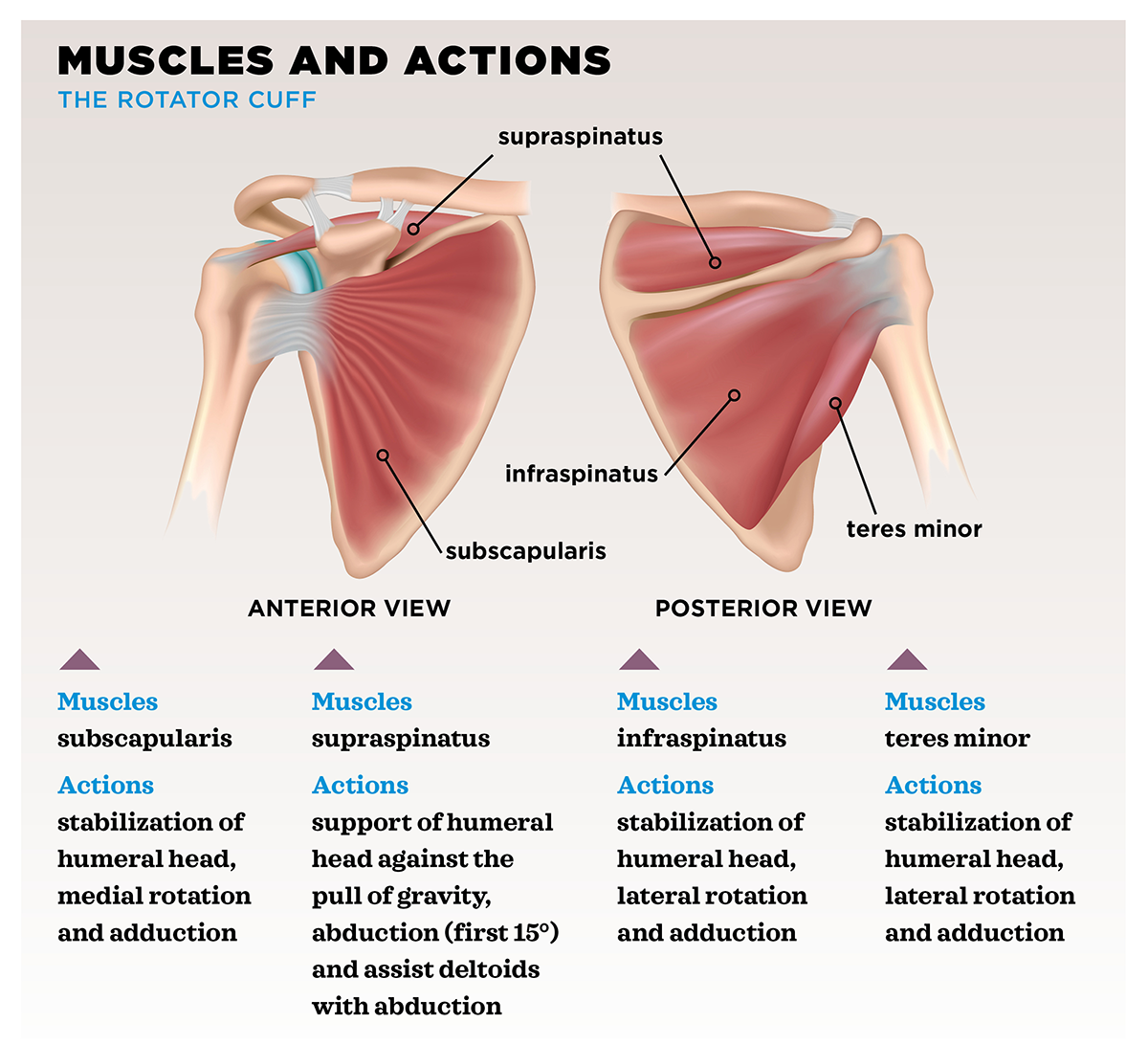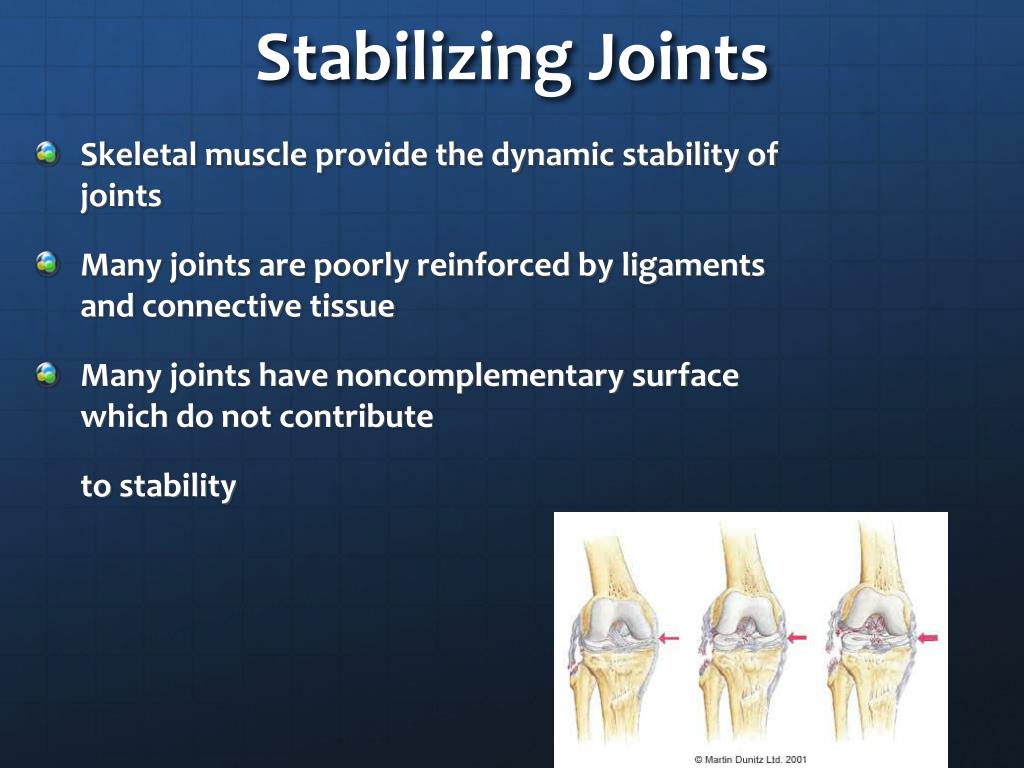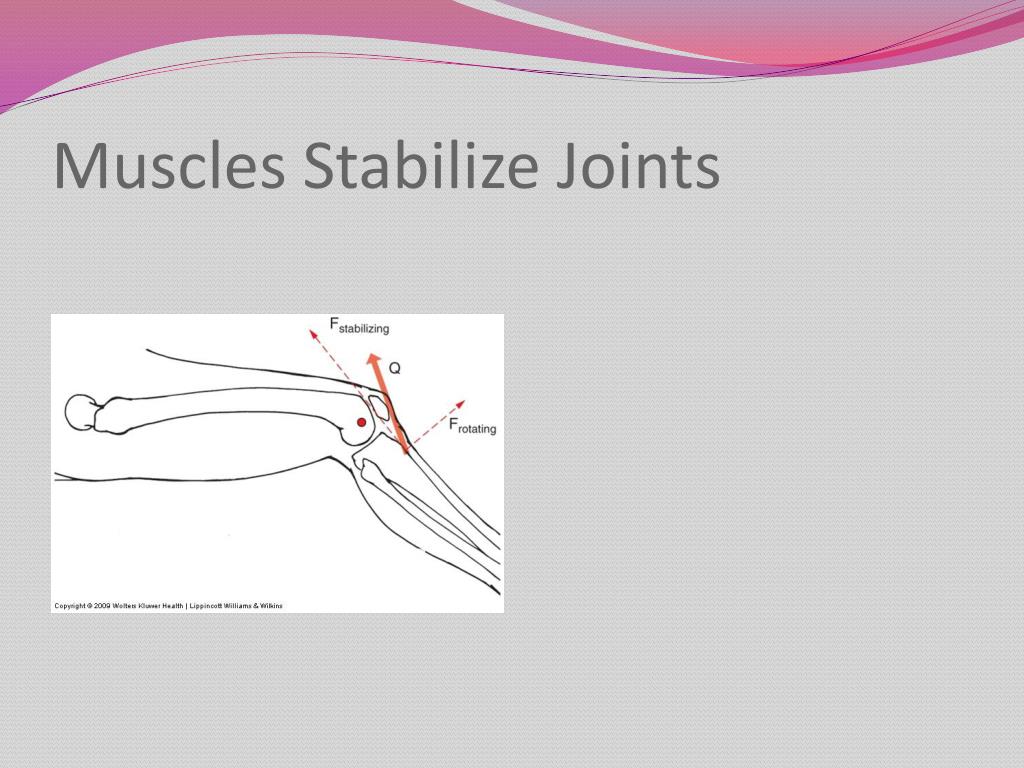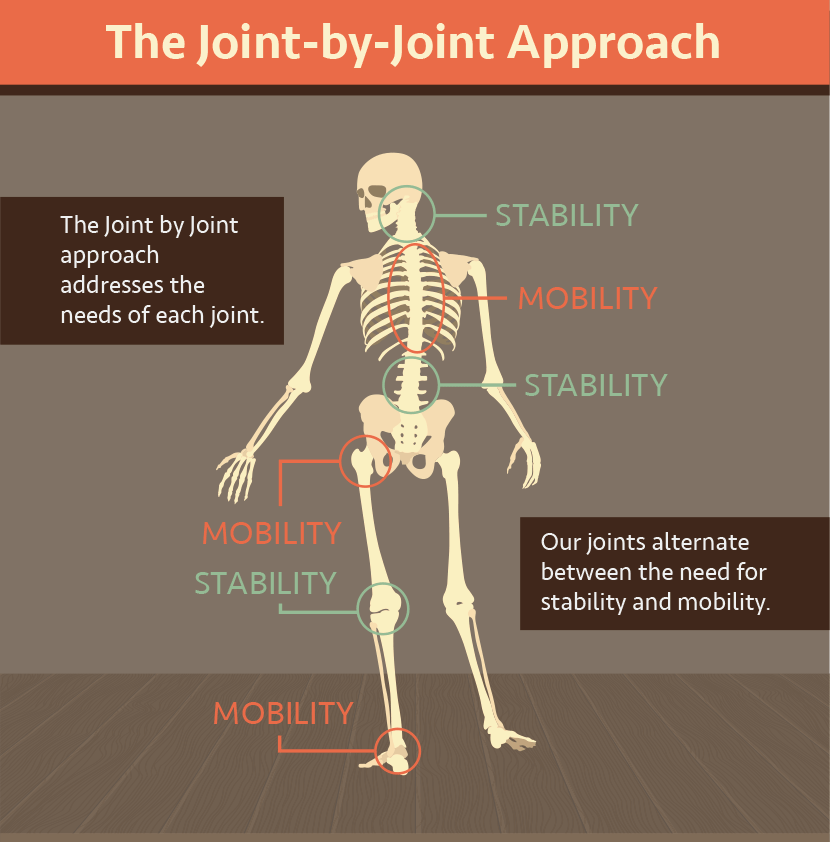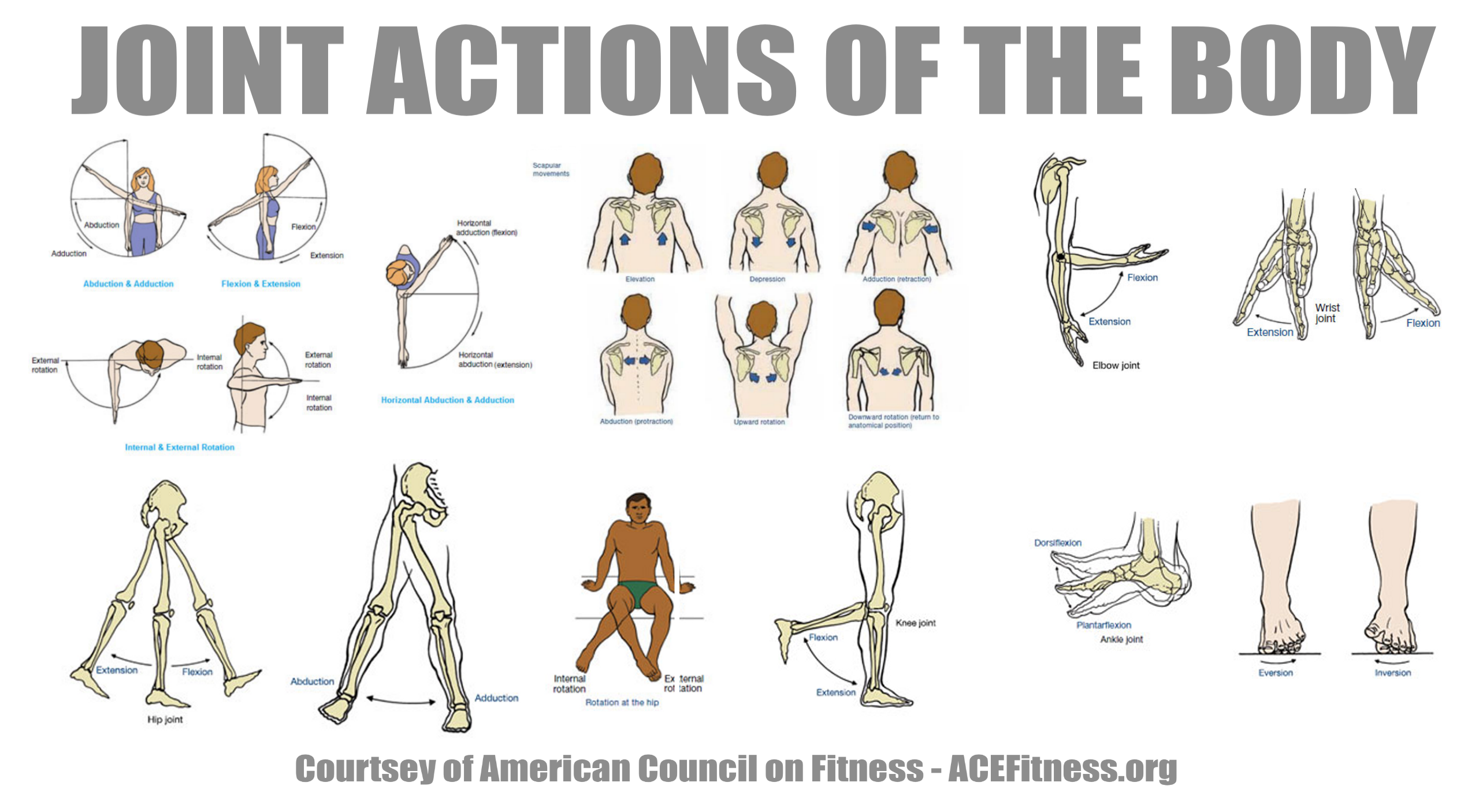Which Muscles Help Stabilize Joint Activity

Joint stability, the bedrock of movement, hinges on more than just ligaments and bones. The unsung heroes are the muscles that actively control and protect our joints from injury.
This article will reveal the crucial muscle groups that dynamically stabilize key joints like the shoulder, knee, and ankle, ensuring optimal function and preventing painful breakdowns.
Shoulder Stability: A Rotator Cuff Symphony
The shoulder, with its incredible range of motion, is inherently unstable. The rotator cuff muscles are paramount for its secure function.
These include the supraspinatus, infraspinatus, teres minor, and subscapularis. They work in concert to control rotation and abduction, preventing the head of the humerus from migrating within the glenoid cavity.
Weakness or imbalance in these muscles, often due to overuse or injury, drastically increases the risk of shoulder impingement, dislocations, and rotator cuff tears, according to the American Academy of Orthopaedic Surgeons.
Beyond the Rotator Cuff
The deltoid, while primarily responsible for shoulder abduction, contributes to stability by controlling the arm's position. The trapezius and serratus anterior are also important.
These muscles stabilize the scapula, providing a solid base for the humerus to move. Scapular dyskinesis, or abnormal scapular movement, often stems from weakness in these muscles and compromises overall shoulder stability.
Knee Stability: A Quad-Hamstring Balancing Act
The knee, a hinge joint, relies heavily on muscular support for stability, especially against rotational forces. The quadriceps and hamstrings are the key players.
The quadriceps, located on the front of the thigh, extend the knee. They dynamically stabilize the patella (kneecap) and counteract anterior tibial translation.
The hamstrings, on the back of the thigh, flex the knee and control posterior tibial translation. They are particularly crucial in preventing ACL injuries.
Studies published in the American Journal of Sports Medicine highlight the importance of balanced quadriceps and hamstring strength ratios. Imbalances dramatically increase the risk of knee injuries.
The Supporting Cast
The gastrocnemius (calf muscle) and popliteus muscle also contribute to knee stability. The gastrocnemius provides some flexion support, while the popliteus unlocks the knee from full extension and provides subtle rotational control.
Furthermore, the hip abductors and adductors play a vital role. They control lower limb alignment and indirectly influence knee stability.
Ankle Stability: Calves and Peroneals to the Rescue
The ankle, constantly adapting to uneven surfaces, depends on strong dynamic stabilizers. The calf muscles (gastrocnemius and soleus) and the peroneal muscles are essential.
The calf muscles primarily plantarflex the ankle (pointing the toes). They provide posterior stability and control forward momentum during activities like walking and running.
The peroneal muscles, located on the lateral side of the lower leg, evert the ankle (turning the sole of the foot outwards). They are crucial in preventing ankle sprains by resisting inversion forces.
Research in the Journal of Athletic Training indicates that individuals with chronic ankle instability often exhibit weakness in the peroneal muscles.
Beyond the Main Players
The tibialis anterior, located on the front of the lower leg, dorsiflexes the ankle (lifting the toes). It also contributes to ankle stability by controlling the rate of plantarflexion.
The intrinsic foot muscles, although small, play a critical role in arch support and proprioception. They enhance overall ankle and foot stability by providing feedback to the nervous system about joint position.
Conclusion: Strengthening for Stability
Understanding the specific muscles responsible for joint stability is crucial for injury prevention and rehabilitation. Targeted strengthening exercises can significantly reduce the risk of joint pain and dysfunction.
Physical therapists and certified athletic trainers are qualified to assess joint stability and design individualized exercise programs. These programs address muscle imbalances and enhance dynamic joint control.
Ongoing research continues to explore the complex interplay between muscles and joint stability. The ultimate goal is to optimize movement and prevent injuries across all levels of activity.
